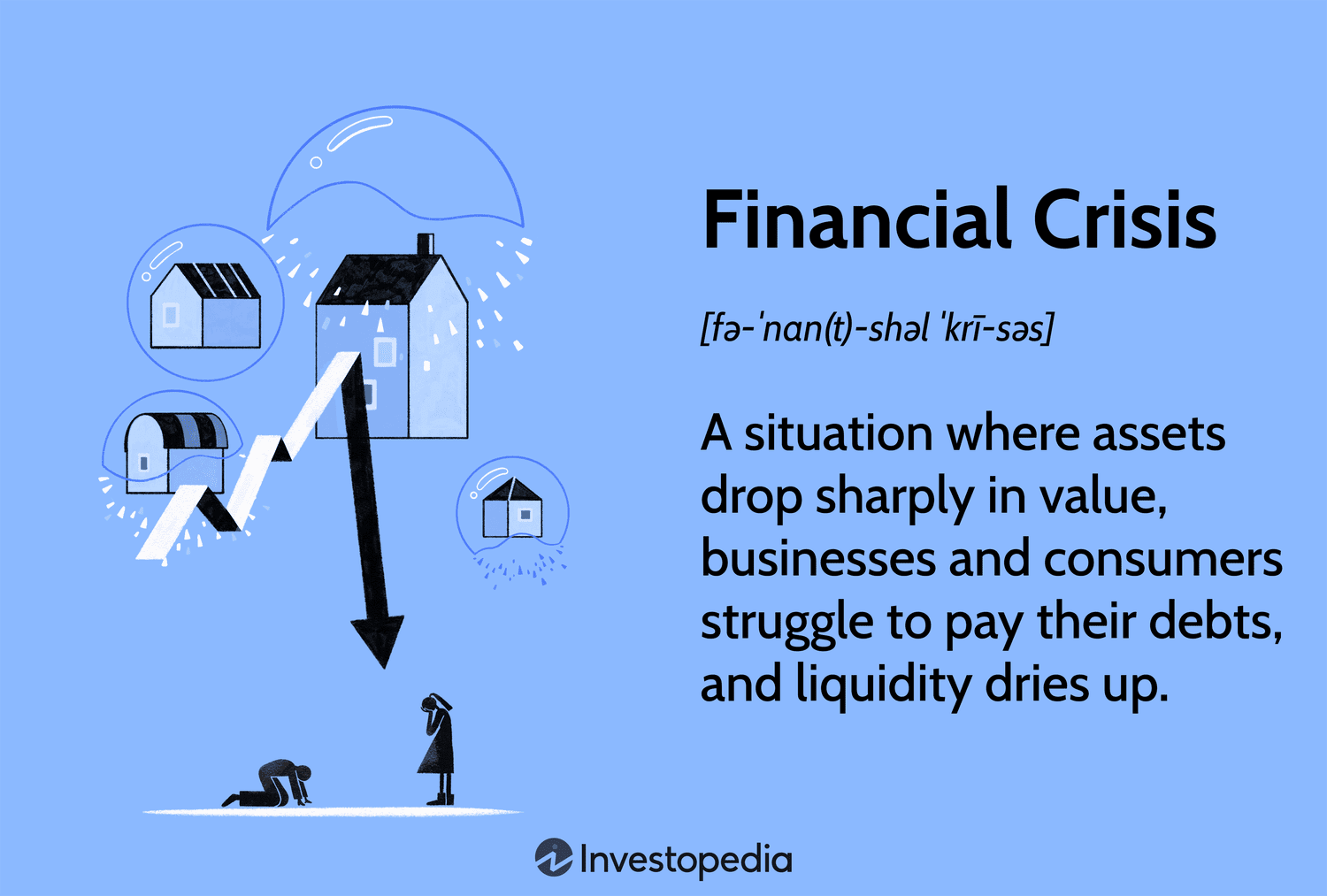When it comes to saving for the future, having a solid financial plan in place is crucial. However, unexpected financial emergencies can arise, leaving you in a difficult position. Fortunately, certain retirement accounts offer a hardship withdrawal option that allows you to tap into your savings in times of need. In this article, we’ll delve into the concept of hardship withdrawal, its eligibility criteria, and the implications it can have on your financial future.
Table of Contents
What is a Hardship Withdrawal?
A hardship withdrawal is a provision that allows you to withdraw funds from your retirement account before reaching the standard age of withdrawal, typically 59 ½, without being subjected to early withdrawal penalties. This option is designed to provide financial relief in cases of extreme hardship, such as medical expenses or eviction threats. While it may seem like a helpful lifeline, it’s essential to understand the eligibility requirements and potential consequences before opting for a hardship withdrawal.

Credit: www.facebook.com
Eligibility Criteria for Hardship Withdrawals
Not everyone is eligible for a hardship withdrawal. To qualify, you must meet certain criteria defined by the Internal Revenue Service (IRS). Here are some common eligibility requirements:
- Experiencing an immediate and substantial financial need.
- Exhausting all other financial resources before turning to your retirement savings.
- Withdrawing only the amount necessary to cover the hardship.
Additionally, the IRS outlines specific eligible expenses that qualify for a hardship withdrawal, including:
| Expense Category | Examples |
|---|---|
| Medical Expenses | Doctor visits, hospital bills, prescription drugs |
| Preventing Eviction or Foreclosure | Past-due rent, mortgage payments |
| Education Expenses | Tuition fees, required school supplies |
| Funeral Expenses | Costs associated with a funeral or burial |
The Consequences of a Hardship Withdrawal
While a hardship withdrawal can provide temporary financial relief, it’s crucial to consider the long-term consequences. Here are a few key points to keep in mind:
- Penalties: Although not subject to the early withdrawal penalty, hardship withdrawals are still considered taxable income. This means you’ll be responsible for paying income taxes on the withdrawn amount.
- Loss of Future Growth: When you withdraw funds from your retirement account, you’re depleting your savings potential. The money you withdraw is no longer invested and may miss out on potential market gains.
- Repayment Rules: Certain retirement plans require you to repay the withdrawn amount within a specific timeframe. Failing to repay within the given period can result in further penalties and tax implications.

Credit: www.frontiersin.org
Alternatives to Hardship Withdrawals
Before resorting to a hardship withdrawal, it’s wise to explore alternative options that may offer less impact on your financial future:
- Emergency Fund: Building an emergency fund can provide a safety net for unforeseen expenses without having to tap into your retirement savings.
- Loan from Retirement Account: Some retirement plans allow you to borrow against your account balance. While there may be interest charges, repaying a loan may be more manageable than facing significant penalties.
- Public Assistance Programs: Investigate local programs that may provide financial assistance for specific hardships, such as medical bills or housing costs.
In Conclusion
A hardship withdrawal can provide much-needed financial relief during challenging times, but it’s essential to weigh the potential consequences against the immediate benefits. Consider consulting with a financial advisor to evaluate your options based on your unique circumstances and create a plan that aligns with your long-term financial goals.
